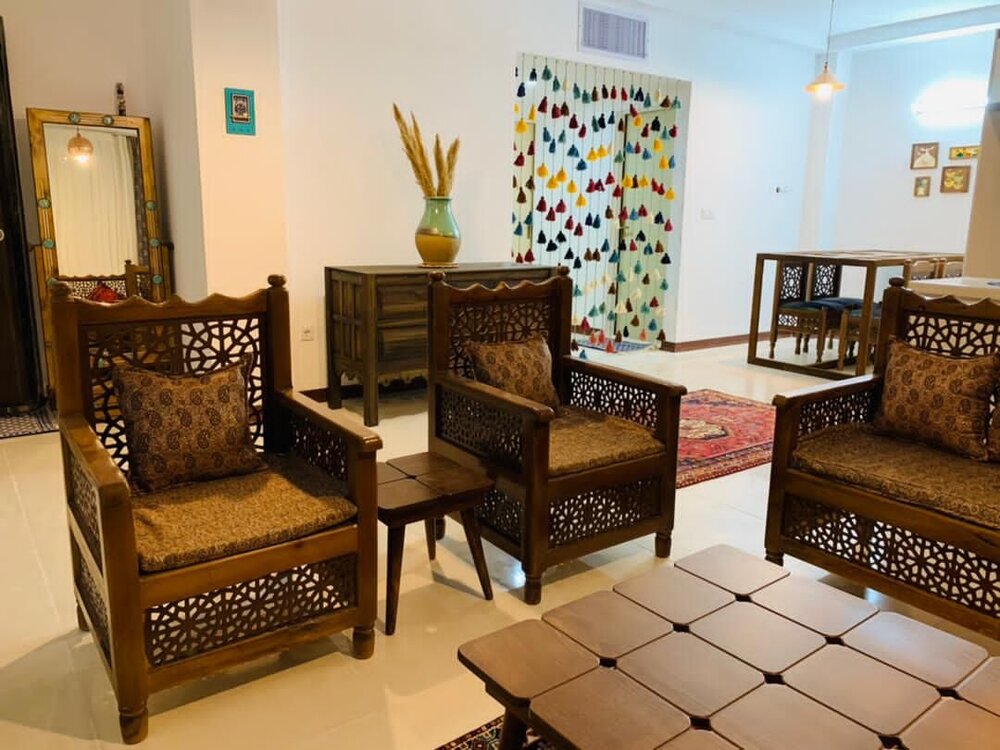Iranian handicrafts enhance sense of aesthetics in interior design

TEHRAN – Using Iranian handicrafts in the interior design of houses creates a sense of aesthetics, while boosting sales of handicrafts, the deputy tourism minister has said.
The use of handmade products of the experienced crafters and artisans of different regions of the country will also make interior design more affordable, Pouya Mahmoudian announced on Tuesday.
The ministry is working to develop the concept of the “Iranian Home”, in order to give Iranian families an idea of how their homes should look with national products, which could lead to the expansion of products and activities of craftsmen, she added.
It is also a good way to familiarize people with the traditional arts of each region while giving creative ideas to the architects, construction engineers, and interior designers, the official added.
With 14 entries, Iran ranks first globally for the number of cities and villages registered by the World Crafts Council, as China with seven entries, Chile with four, and India with three ones come next.
Last January, the cities of Shiraz, Malayer, and Zanjan and the village of Qassemabad were designated by the WCC- Asia Pacific Region, putting Iran’s number of world crafts cities and villages from ten to 14.
Shiraz was named a “world city of [diverse] handicrafts”. Malayer was made a global hub for woodcarving and carved-wood furniture. Zanjan gained the title of a “world city of filigree”. And Qassemabad village, which is nationally known for its traditional costumes, was also promoted to a world hub of handicrafts. Chador Shab, a kind of homemade outer-garment for women, was, however, the main subject for the WCC assessment for the village.
Iran exported $523 million worth of handicrafts during the calendar year 1398 (ended March 19, 2020). Of the figure, some $273 million worth of handicrafts were exported officially through customs, and about $250 million was earned via suitcase trade (allowed for customs-free and tax-free transfer) through various provinces, according to data provided by the Ministry of Cultural Heritage, Tourism and Handicrafts.
Ceramics, pottery vessels, handwoven cloths as well as personal ornamentations with precious and semi-precious gemstones are traditionally exported to Iraq, Afghanistan, Germany, the U.S., the UK, and other countries.
ABU/AFM
